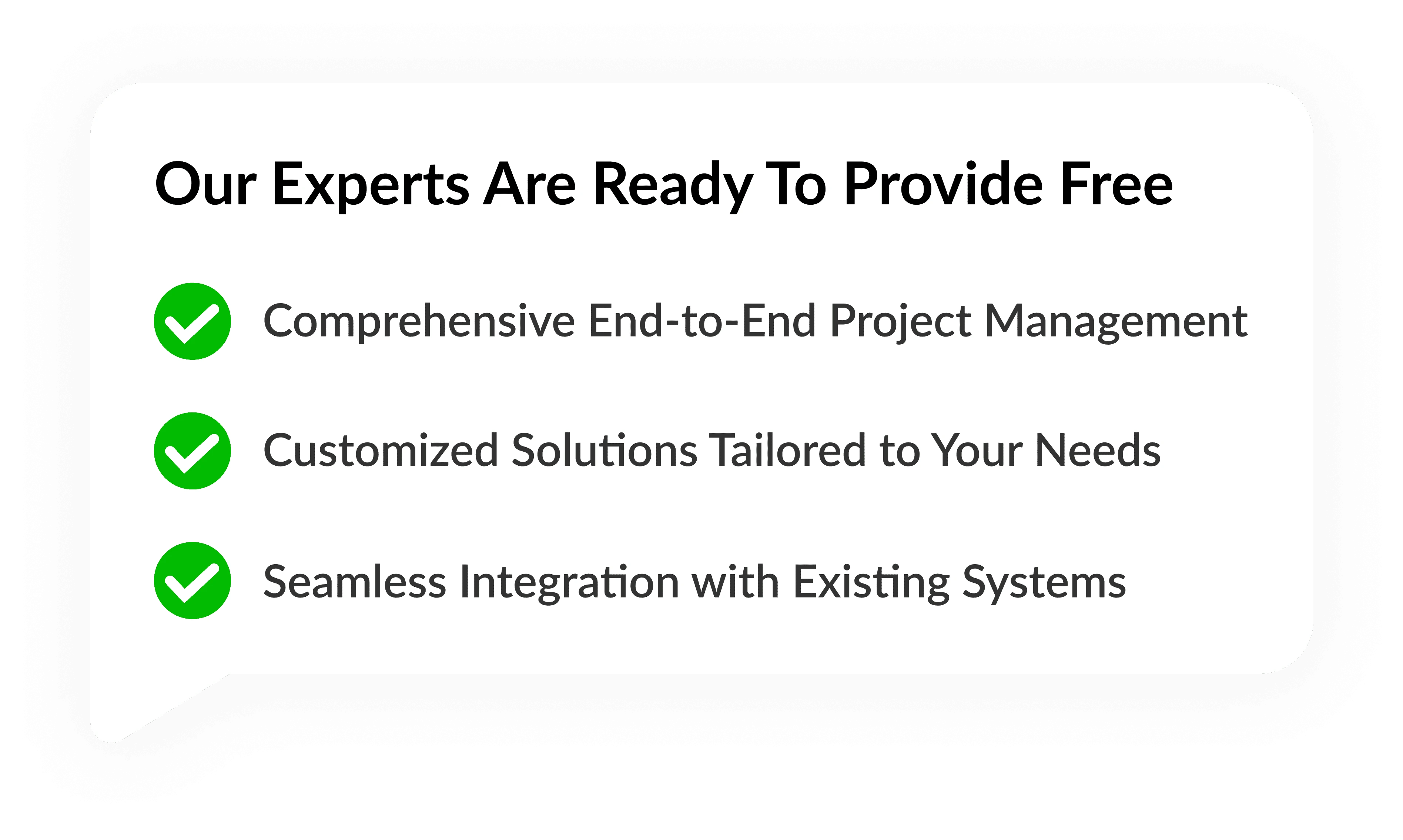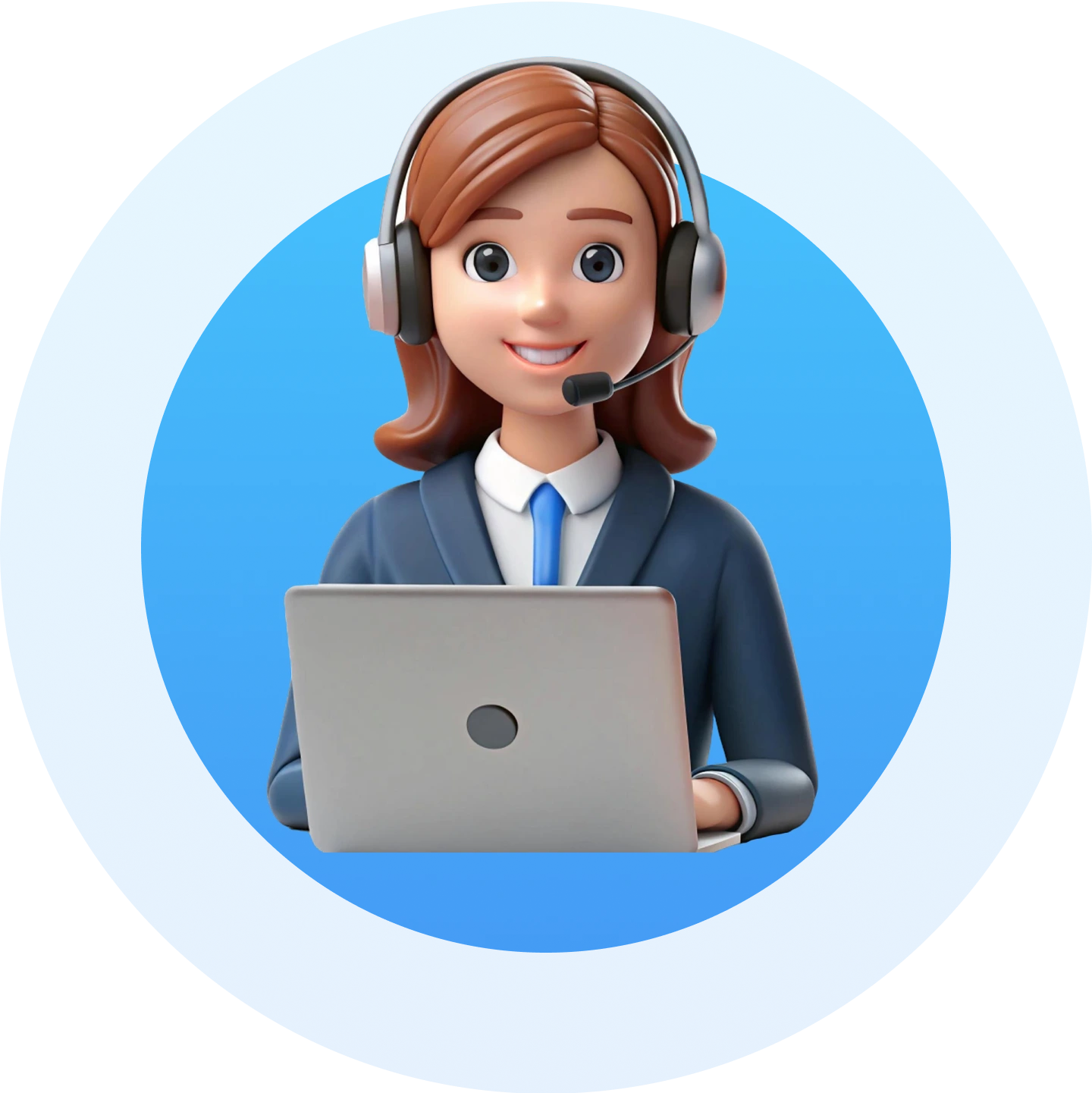Design Your LMS Features to support Distance Learning
The pandemic has accelerated the transformation of an education system that was historically too slow to change. Over 1.2 billion children were forced from their classrooms by COVID-19. Their home became classrooms and their parents became tech support agents and teachers. The internet became their only source of learning.
The education sector had struggled for years to find a way to do something new, but the pandemic forced them into a transformation and explored robust LMS platforms. Remote learning platforms are poised to endure as coronavirus evolves to make it more deadly.
In times like these, educators should ask themselves: Is my LMS ready for the changes in education? Are LMS platforms able to handle the distance?
We will discuss remote learning capabilities in online learning platforms. As we enter 2021 and prepare to make our LMS systems for the online teaching part of the sector's growth statistics, this is the place to be.
It is crucial to learn from the past what did not work on the majority of online learning platforms in 2020 so that we don't make the same mistakes in the new year.
What didn’t work in the Learning Management System For Schools 2020
The learnability curve is the most significant issue I believe to have been a factor in the criticisms of digital learning platforms in 2020. Online learning was new for both students and instructors, making it difficult for the entire industry to adopt LMS distance learning. Teachers and students were very familiar with the traditional learning system, which prevented them from seeing the true benefits of distance learning using LMS platforms.
We will need to remember that the best LMS systems are those that are simple to use and scalable enough for x amount of students and study materials. Teachers will need to consider changing the way they teach classes and course materials. This could include incorporating immersive technologies such as AR/VR or switching from reading to visual.
Let's also look at the top reasons educators are asking for Best LMS systems upgrades. These are just a few of the reasons why many education startups fail.
These tips, regardless of how many people have issues with them, are a great place to start for educators when designing LMS software. Ask an e-learning app developer company about their plans for handling these issues the next time they meet you. This will give you an idea of how well prepared they are to manage your projects related to learning management systems in higher educational or online learning platforms for business.
We have now looked at the reasons educators asked for an LMS switch. Let us now look at the features that will help you to biome one of the best online learning platforms in 2021.
Students have easy access
Many countries have moved to distance learning. The main problem they face is providing easy access for students. Students sometimes have trouble signing in. To solve this problem, you should provide easy access to students.
You should make it easy to sign in, such as allowing students to download course options and PDF documents. Students can also add notes online. It should be interactive and dynamic.
Content development tools
LMS allows students to learn the theoretical parts just as they do in school. However, the LMS portal should allow students to add any content, including video, images, and diagrams.
These extras can help the teacher or instructor make it easier for students to understand the subject. The education app development company should design it so that instructors or teachers can add content.
Data-for students and instructors
Data is a hot topic these days. It's easy to find if you know where you want it. Although you may not be able to identify all the useful information immediately, it's worth taking a step back and evaluating what you want to learn. Make a list with the information you need, and make a wish list. Do you want to know what the average History student test score is? What about December attendance rates?
It is important to know what you are looking for before you start collecting information from your users.
Design for usability - make it enjoyable to use
You should know what users need to tell you so that it is easy for them. Each component of your LMS should be designed with usability in view. You should create a hierarchy of actions that users need to complete. Use prominent buttons, clear links, and copy to direct them to the right places.
Take advantage of the available opportunities. Social logins, video streaming, and shared calendars are all standard features on the internet. Users know what to do with them immediately. You can take inspiration from Google, Facebook, and Microsoft Word to discover the most common themes in web interfaces. Copy them. Your users will be grateful.
Practice Good Design
Simpler home will reduce cognitive load, and increase working memory. Learning shouldn't require extra mental energy to find the information they need. Your online classroom should provide everything they need: daily updates or weekly, learning materials, assignments, and activities meeting links, grades, and feedback, as well as a place to store their learning materials.
You should organize everything in simple, clear chunks that are easy to see for everyone. These design best practices will help you avoid distractions and learning barriers.
- Avoid paragraphs by using lists and bullets.
- Font legibility is important. Avoid fancy fonts or fun fonts, as they can be difficult to read.
- Limit the fonts used. Avoid using multiple fonts for headings and paragraphs.
- You can use color to emphasize, but you should not have more than two colors in your text.
- Keep your pages simple and clean. Avoid mixing up your structure every day.
- Images that reinforce key concepts should be used; images that don't have meaning should be avoided.
- To reinforce key tasks, use icons. Avoid clip art and backgrounds that are distracting.
- Navigation should be limited to just a few clicks. Avoid folders within folders.
Consistently Commit
Everything is centralized and consistent in a traditional face-to-face classroom. The room is clearly labeled with bins and other areas. Routines are established. Important information is displayed. Learning doesn't need to change the location of classrooms. Learners don't need to guess where they are going or how to find it. Online learners should experience the same. Your digital home base allows them to work independently online and face-to-face.
Accept templates provided by your school for your LMS. To build consistency within your team, district, or building, talk with colleagues. You will see a decrease in questions and more demonstrations of learning, which will improve everyone's experience. These guidelines will help you to be consistent: Use the same icons to guide learners, establish naming conventions for online files (e.g. topic and date), and use a limited number of digital tools that are easy to remember.
Integration of cross-Platform
These days, students no longer learn from LMS. To engage students, you will need to work with voice assistants such as Alexa and Google to remind them of homework and provide immersive learning sessions using a VR device.
These options are offered by most education software developers companies when they develop an application for clients.
Mobile Learning
This feature should be available in your LMS at all costs. Many students prefer to read through their smartphones rather than on a computer or laptop.
You can also access the LMS from any place and at any time. Notes can be taken from the phone, and you can also take screenshots of complex diagrams or ask questions again to the teacher.
Functionality
Although they may not seem important, these features play an important role in bridging the gap between student and instructor. Teachers can use webcams and audio to check if a student or trainee is taking part in exams.
Many educational institutions are now looking for Custom LMS Solutions from an app development company. These companies can also help you build an LMS system that will allow your students or trainees to be trained more efficiently.
Skill tracking
This feature allows organizations to track the skills of students or trainees so they can make the right moves with them. This feature will allow the organization to keep track of the performance and weaknesses of the trainees.
This skill-tracking technique is being used by educational Best software Development Company to improve their LMS results.
Responsive App & UI/UX
Your LMS website must be responsive so that it displays correctly on every device. It should be compatible with all devices, including mobiles, tablets, and desktops.
Multi-browser support should be provided for Firefox, Chrome, and Yahoo. The app's user interface should be fluid as it creates beauty and makes it easy for everyone to use, no matter if they are students, teachers, or administrators.
Conclusion
Education is an important part of our lives. Everyone should be educated. Many organizations have created the LMS in a way that isn't liked by students and teachers. However, if you combine the points I have mentioned above, it can make studying enjoyable for everyone.







